De Pro Israel Lobby Meldt: Waarschuwing voor gevoelige content
Deze post kan gevoelige content bevatten. In het algemeen beoordeelt of onderschrijft Google de content van blogs niet. Bekijk de communityrichtlijnen van Blogger voor meer informatie over ons contentbeleid.
How cities ‘twin’ with Israeli apartheid
Barcelona's decision to cut its twinning agreement with Tel Aviv spotlights why such ties with Israeli localities, especially settlements, are never 'apolitical.'
Following a concerted grassroots campaign, which included over 4,000 signatories to a petition and pressure from over 100 organizations, Barcelona cut ties in February with its twin city, Tel Aviv. Ada Colau, Barcelona’s mayor, wrote to Israeli Prime Minister Benjamin Netanyahu explaining that the move was a response to her voters’ request that she “condemn the crime of apartheid against the Palestinian people, support Palestinian and Israeli organizations working for peace, and break off the twinning agreement between Barcelona and Tel Aviv.”
While this twinning agreement was a particularly prominent case, there are in fact dozens more examples of Israeli localities being twinned, formally and informally, with cities around the world — with many of those agreements linking Israel to cities in the United States. The southern city of Ashkelon, for instance, is partnered with Portland, Oregon, and Baltimore, Maryland, while Be’er Sheva is partnered with Seattle, Washington.
The Jewish Agency’s Partnership2Gether program, one of the main proponents of these twinning agreements, boasts of having connected 450 Jewish and Israeli communities across 46 partnerships to help foster “connections between Israelis and Jews from around the world.” These partnerships, some of which date back to the 1960s, mostly facilitate cultural exchanges like sporting events and music recitals.
Notably, such pairings do not only involve localities within the Green Line: American cities are increasingly signing twinning agreements with Israeli settlements in the occupied West Bank and East Jerusalem, home to around 700,000 Jewish settlers who enjoy all the benefits of Israeli citizenship, despite their presence on occupied land in violation of international law.
One recent example is a resolution signed in October 2022 by the coastal town of Surfside, Florida to establish a twin-city relationship with the Shomron (Samaria) region, where dozens of settlements are located in the northern West Bank. The resolution states that the agreement was signed “in order to promote educational, informational, cultural, and economic exchange between the Town and the Region of Shomron,” making no mention of the settlements’ illegal status on occupied Palestinian land.
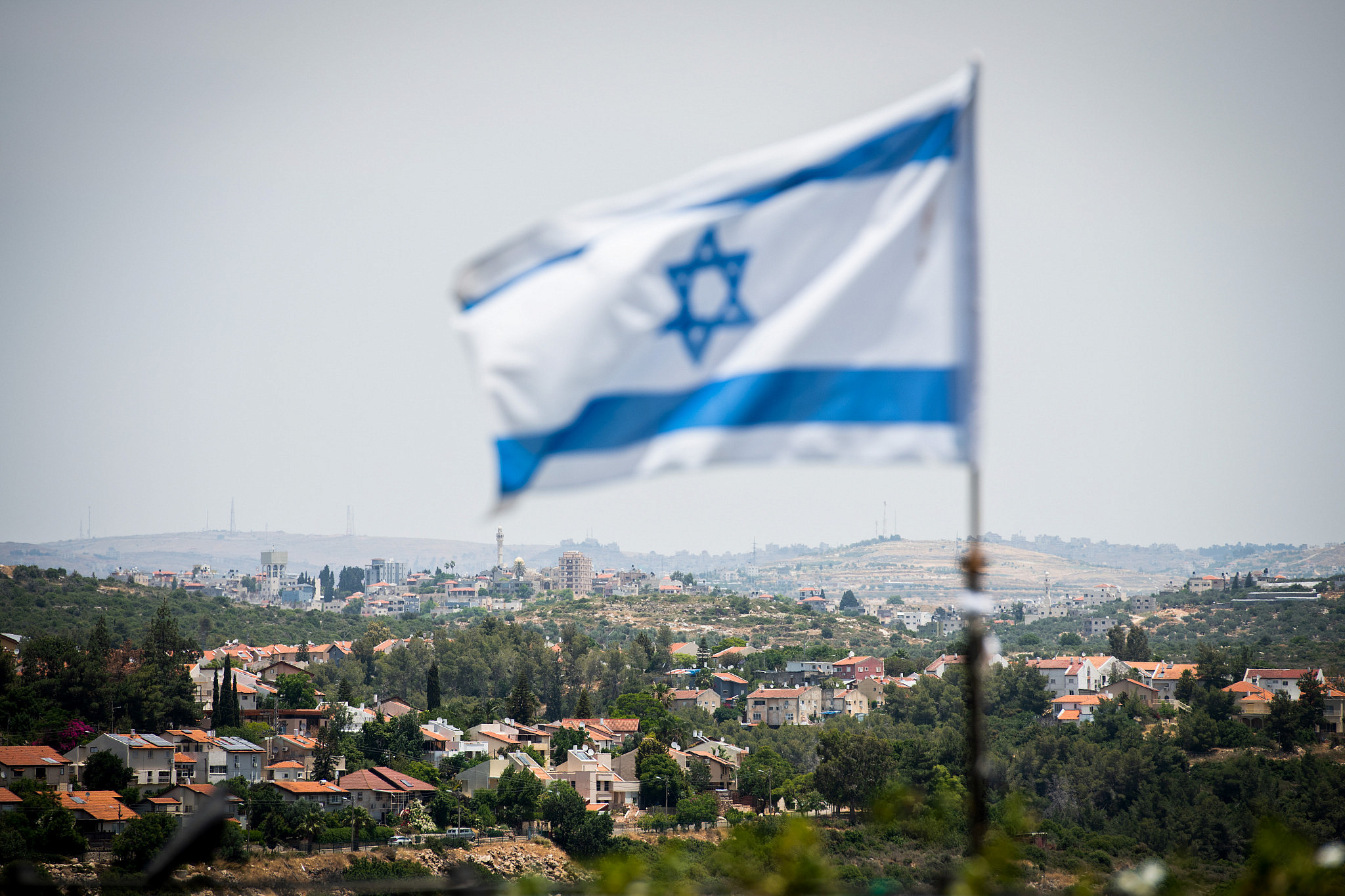
Yet even as these twinning agreements with Israeli cities on both sides of the Green Line are framed as benevolent and apolitical, twinning with Palestinian cities is deemed an overtly political act, and invariably faces significant pushback.
Is it apolitical?
Emerging from the turmoil of World War II, the practice of twinning was an attempt by the British, French, and Germans to “reconnect” Europe through relationship-building and cultural exchange, said Rob Self-Pierson, author of “Twinned With …” The twinning between, for example, heavily-blitzed Coventry in the U.K. and Stalingrad, Russia, where almost 2 million perished between 1942-43, aimed to bridge disparate communities ravaged during the war while fostering peace through engagement.
In time, twinning became a kind of municipal foreign policy: a locally-driven initiative that bypassed the macro-politics of national governments and multilateral institutions. That was certainly President Eisenhower’s intention when establishing the People-to-People Program in 1956, which formalized the twinning process amid the icy Cold War environment in which high-level politics was no guarantee of security. “If we are going to take advantage of the assumption that all people want peace, then the problem is for people to get together and to leap governments — if necessary to evade governments,” remarked Eisenhower at the launch of the initiative.
While there are no definitive guidelines for how partnerships come about, twinning efforts often originate with members of the local community approaching their councils to propose connections with communities abroad. Historic, geographic, and demographic similarities like population size or climate can also come to bear on a partnership.
Almost 70 years later, however, these people-to-people efforts are generally seen as a symbol of postwar nostalgia — an outdated attempt at internationalism, rendered obsolete in a globalized, interconnected, and virtual world. The rusting signs seen upon entering a forgotten village or town are often the last visible attestations of bygone partnerships. Despite being intended as a form of citizen diplomacy, twinning has become an “apolitical show of power,” lamented Self-Pierson. “It doesn’t mean much at all.”
But just how political is the act of twinning? The mission statement of Sister Cities International — the non-profit network in charge of creating and maintaining partnerships between the United States and the rest of the world — is vehemently apolitical, with the organization charging itself simply with promoting “peace … one individual, one community at a time.” Honorary Board member John Dabeet confirmed that Sister Cities “by definition, cannot be political” but acknowledged that partnering a town “is a political project … What you’re achieving at the end is a political outcome.”
Perhaps inevitably, the organization is tainted by politics: Sisters Cities is funded primarily by the State Department and defers to it on what constitutes a state. But there are partnerships that are exceptions to State Department rules. For example, Mobile, Alabama is twinned with the Israeli settlement of Ariel, located deep in the occupied West Bank. Following the partnership, the two cities were rhetorically yoked together by their politically charged, adversarial history, with a local Mobile newspaper musing in 2014: “Ariel is no stranger to conflict, war, boundary disputes and battle, similar to Mobile’s experiences in the Civil War.”
‘We’re bonding with another democracy’
Another such partnership was sealed in February 2018, when the village of Lawrence in Nassau County, New York State, twinned with the Israeli settlement of Ma’ale Adumim. Barely a page long, the agreement signed by Lawrence’s mayor Alex Edelman and Ma’ale Adumim’s mayor Benny Kashriel promises cooperation, shared respect, and understanding, and states that the alliance between the two localities will promote “mutual interests” through education and cultural exchange. “We thought it would be a nice gesture,” Ronald Goldman, Lawrence’s village administrator, told me in an interview at the time. “You know, to show support. Something to say ‘you’re out there, we’re here, and we support you.’”
Lawrence is a wealthy, predominantly Jewish suburb of Nassau County, with a modest population of just under 7,000. Only 45 minutes from the center of New York City, the village boasts many of the trappings of affluent, suburban life: a public library, a golf course, a quaint (if overpriced) commercial street.
Most read on +972
It was clear, during a visit I made at the time the agreement was signed, that Lawrence’s Jewish identity — children’s clothes stores sell babies’ bibs quipping about future bar mitzvahs, hairdressers sell an array of wigs for Orthodox women, and restaurants and supermarkets follow kashrut — was clearly interlaced with visible support for, and closeness to, the State of Israel. American and Israeli flags flew side by side above the village florist and the children’s soccer field, and Judaica stores sold paraphernalia such as mini Israeli flags, keychains, and even toothpicks with plastic Israeli flags stapled to them, alongside religious books and toys. Other storefronts urged shoppers to buy new clothes ahead of their summer trips to Israel. Even the free village newspaper, The Jewish Home, has a weekly segment dedicated to “Israel News,” alongside vacation tips and recipes.
According to Goldman, many of Lawrence’s residents regularly travel between the United States and Israel. So fluid and frequent is travel between the two countries that one Long Island resident wrote a letter to the editor of The Jewish Home inquiring as to whether the paper could be made available in “Eretz Yisrael” (the Land of Israel).
Goldman received guidance from the settler-aligned U.S. fundraising outfit the One Israel Fund, which suggested that the union, in Goldman’s words, “would be a nice mix … a nice gesture.” The One Israel Fund bills itself as “the premier organization” supporting the Israeli settler movement, which it considers “the vanguard of Israel’s security and sovereignty as a Jewish State.” It organizes fundraisers, tours, and events to support Israeli settlers, even purchasing high-tech security and surveillance equipment for settlements.
Ma’ale Adumim, for its part, barely feels like a settlement at all, functioning as a Jewish suburb of Jerusalem. Yet its location, jutting deep into the West Bank at its narrowest point, was expressly chosen because it was “the furthest place from Israel that was conceivably possible,” according to chief planner Thomas Leitersdorf. It has since been effectively folded into Jerusalem by an Israeli-only transport system, which bypasses the surrounding Palestinian towns and villages, and circumvents the checkpoints, closures, permits, and searches characteristic of quotidian Palestinian life. Around 70 per cent of the settlement’s residents commute to Jerusalem for work — a seamless transition through occupied territory.
Today, Ma’ale Adumim is one of the largest city-settlements in the West Bank, boasting a population approaching 40,000. Founded as an embryonic outpost by religious settlers in 1975, it has evolved into a metropolis replete with a theater, an industrial park, and malls. Its growth is due in no small part to the efforts of its veteran right-wing mayor and Likud party member, Benny Kashriel, who has been at the forefront of Israeli attempts to annex Ma’ale Adumim and the surrounding “E1” area, as well overseeing an aggressive program of settlement expansion. Dr. Callie Maidhof, from the University of Chicago and an expert on the settler movement, described Ma’ale Adumim as “arguably the most important settlement in the West Bank, because it’s the most permanent and immovable, so [it] does the most damage.”
In this fraught political context, the twinning between Lawrence and Ma’ale Adumim, more than a mere apolitical show of friendship, legitimizes and validates Ma’ale Adumim as “just another” Israeli city, as opposed to the jewel in Israel’s settlement crown. Indeed, for the residents of Lawrence, the twin cities agreement is expressly apolitical because a place like Ma’ale Adumim is familiar, and their partnership simply a reflection of their “common values and principles.” For Goldman, these principles amount to the tenets of basic liberal society such as freedom of religion and freedom of speech. “They’re a democracy, and we’re a democracy,” he said. “It’s simple, we’re bonding with another democracy.”
The emphasis on shared democratic principles is integral to Israel’s identity in the United States. The twinning between Israeli and American localities represents a physical manifestation of Israel’s oft-repeated axiom that it is the “only democracy in the Middle East,” and a further means of blithely airbrushing the country’s starkly undemocratic theft of Palestinian land.
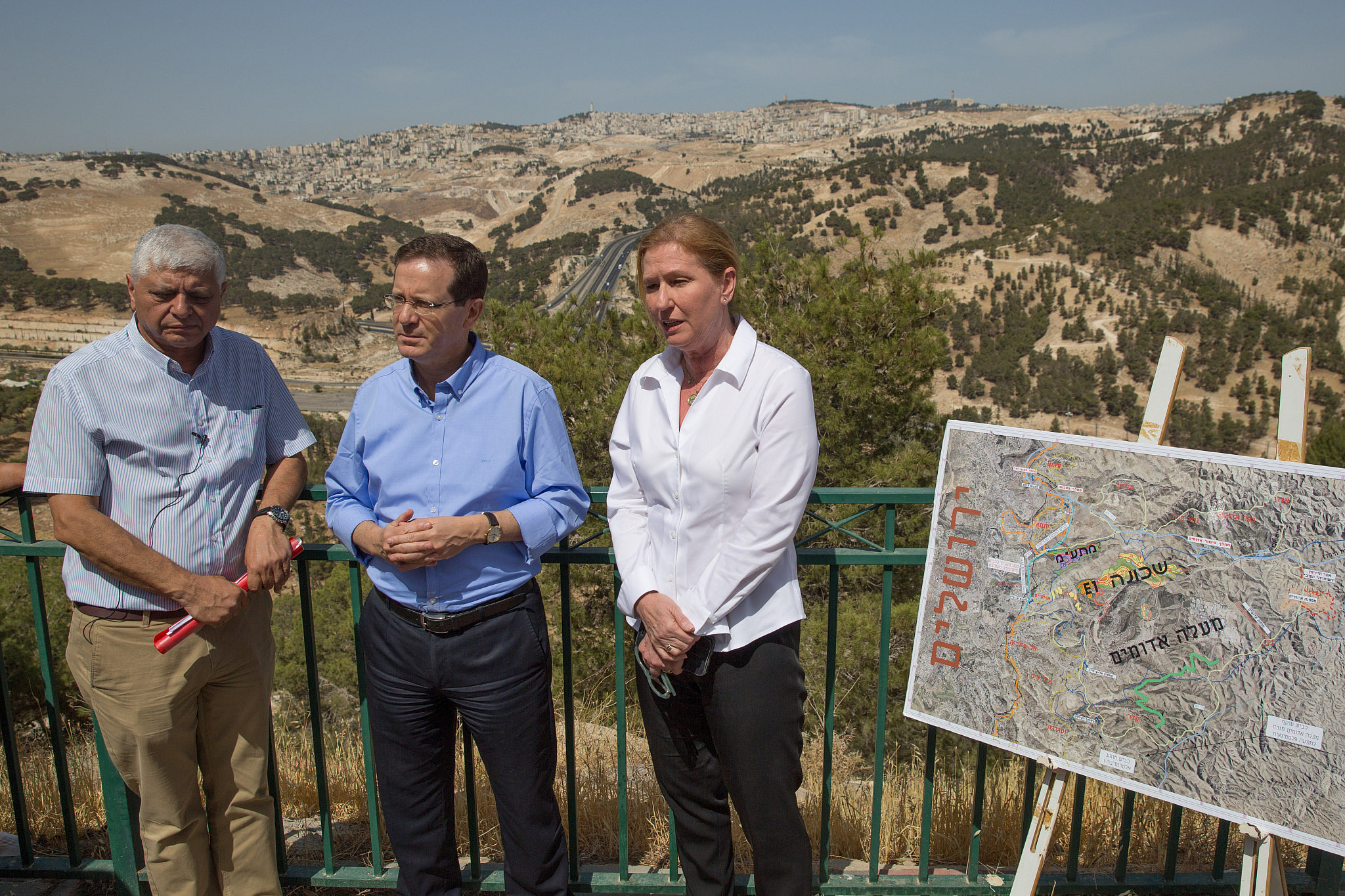
Goldman, when asked whether the illegality of the settlement affected the decision to twin with Lawrence, replied that not everyone “consider[s] settlements illegal,” while also claiming that “politics is not our thing.”
‘Twinning changes the mentality of people’
In contrast to the supposedly apolitical pairing of Lawrence with Ma’ale Adumim, and Surfside with Shomron, in the case of Palestine, twinning is all politics. Over the last decade there has been an upsurge in twinning efforts between American and Palestinian towns and cities, perhaps the most successful being the twinning of Muscatine, Iowa and Ramallah.
According to Dabeet, the honorary board member of Sister Cities, the Muscatine-Ramallah partnership took years to pull off in the face of a “huge, huge fight from the other side — the Israeli side.” The son of a Palestinian refugee from Lydd and the vice-president of the non-profit U.S. Palestinian Council, Dabeet recalled a string of personal allegations, including accusations of antisemitism, and reported similar tales of antagonism in the case of Boulder, Colorado which, after a divisive four-year battle, finally twinned with the West Bank city of Nablus in 2017.
These tensions have persisted. Efforts since 2015 to partner Alameda, California with the Palestinian village of Wadi Fukin in the West Bank, for example, have faced intense backlash from the local council, particularly from then-mayor Trish Herrera Spencer, who went so far as to notify the Israeli consulate in California ahead of a vote on the twinning proposal. (The Deputy Consul General’s emailed reply, obtained through a freedom of information request, labeled Wadi Fukin the “‘poster village’ of anti-Israeli propaganda,” and questioned whether it was “the goal of municipalities to take stand [sic] on international affairs.”)
Veteran activist Reverend Michael Yoshii, who first proposed the Alameda-Wadi Fukin partnership, described the furore at the time as a clear case of anti-Palestinian bias, noting: “There has not been any Palestinian twinning proposal that has not been met with opposition.” As of 2023, the partnership still hasn’t happened.

Nevertheless, Dabeet recognizes the impact that twinning can have on the consciousness of Americans. “When people don’t know anything about Palestine, [twinning] changes the mentality of those people a lot,” he said in an interview at the time. In addition to providing educational and economic opportunities for both communities, Dabeet continued, twinning also acts as a conduit for shifting the wider debate on Palestine in the United States.
Reverend Yoshii agreed. The United Methodist Church, to which he belongs and which has historically served the Japanese-American community, turned the twinning debacle into an educational opportunity for the local community by organizing a series of Palestine-related projects in public spaces, such as a local library photo exhibit of Palestinian-Americans living in the Bay Area. For Palestine advocates, then, such twinning serves as a political endeavor to demystify Palestinian life and culture in American communities.
The pattern that emerges from the evidence examined here is clear: U.S.-Palestinian partnerships are framed as inherently political endeavors, whereas U.S.-Israeli partnerships are deemed apolitical. When I asked Goldman, Lawrence’s administrator, if the Palestine-Israel issue was part of the discussion in determining the partnership with Ma’ale Adumim, he replied confidently: “Not a smidgen … We’re not engaging in politics.” He spoke instead of basketball team exchanges and a youth orchestra coming from the settlement to play at Carnegie Hall.
Palestine, on the other hand, must fight to be recognized as anything other than a highly-charged, politically sensitive, and unfamiliar world, out of reach for most Americans. The Israeli backlash against Barcelona is not just the hurling of now-familiar accusations leveled against supporters of Palestinian freedom. It is also a response to the narrative shift that — at last — is exposing the political underbelly of such seemingly benign agreements.
In other words, Barcelona’s decision lays bare what Surfside, Lawrence, Mobile, and countless other agreements endeavor to obfuscate: that there is no such thing as an apolitical partnership. Politics is not, or rather is not only, confined to the high-level or the abstract workings of government: it operates at every level, including on a people to people level. Ironically, the severing of ties between Barcelona and Tel Aviv in many ways is the truest form of sister cities agreements: the people in one city expressing themselves to those in another.

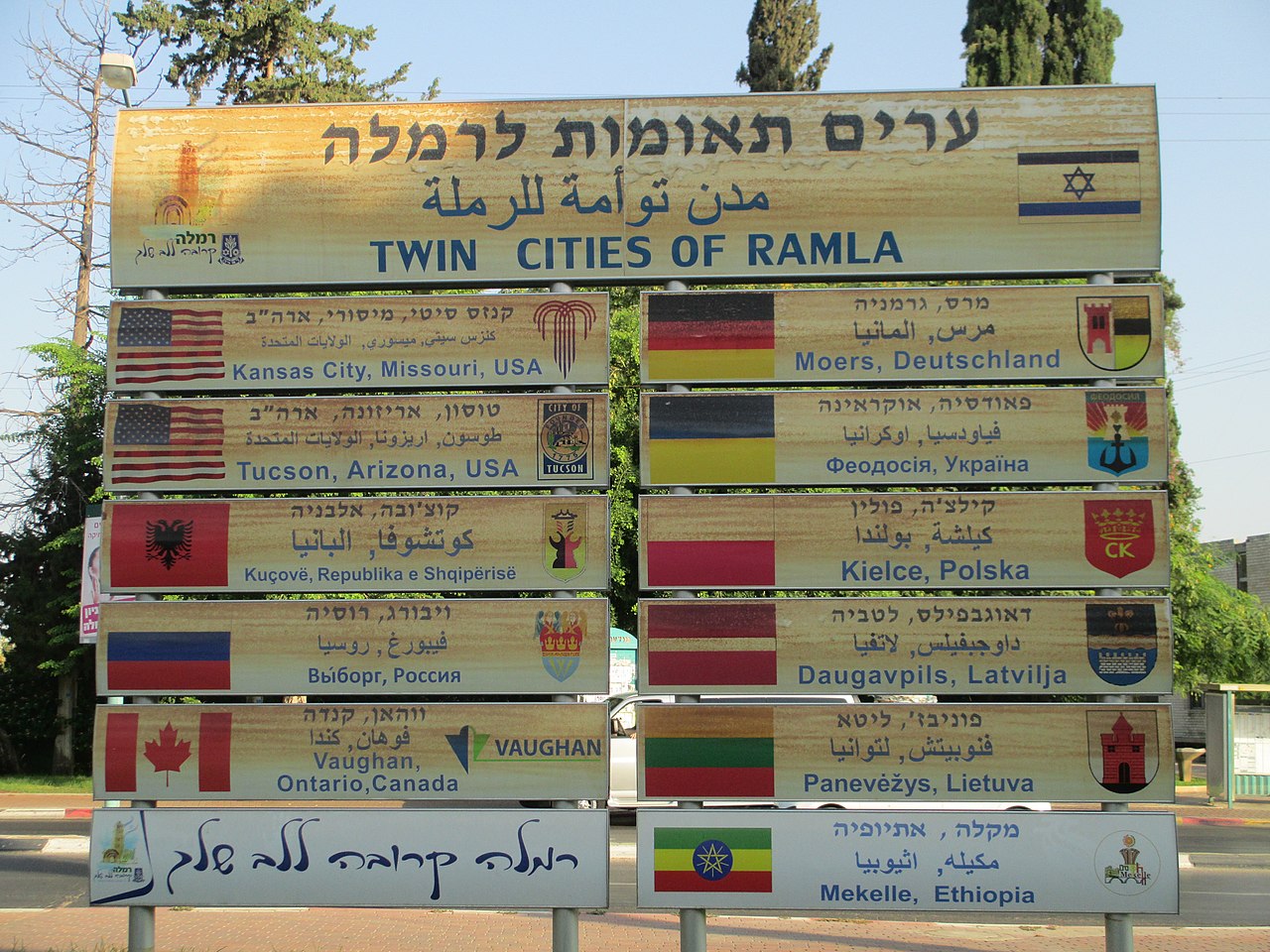
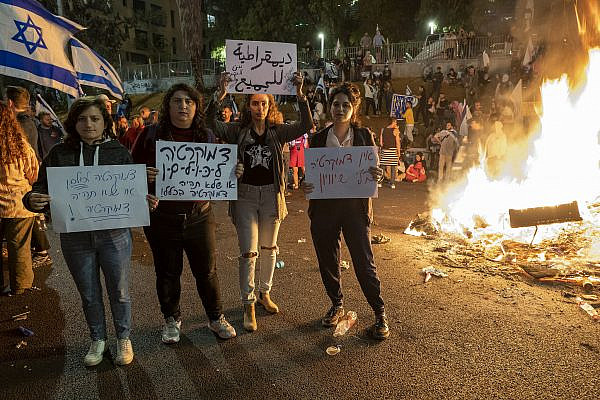


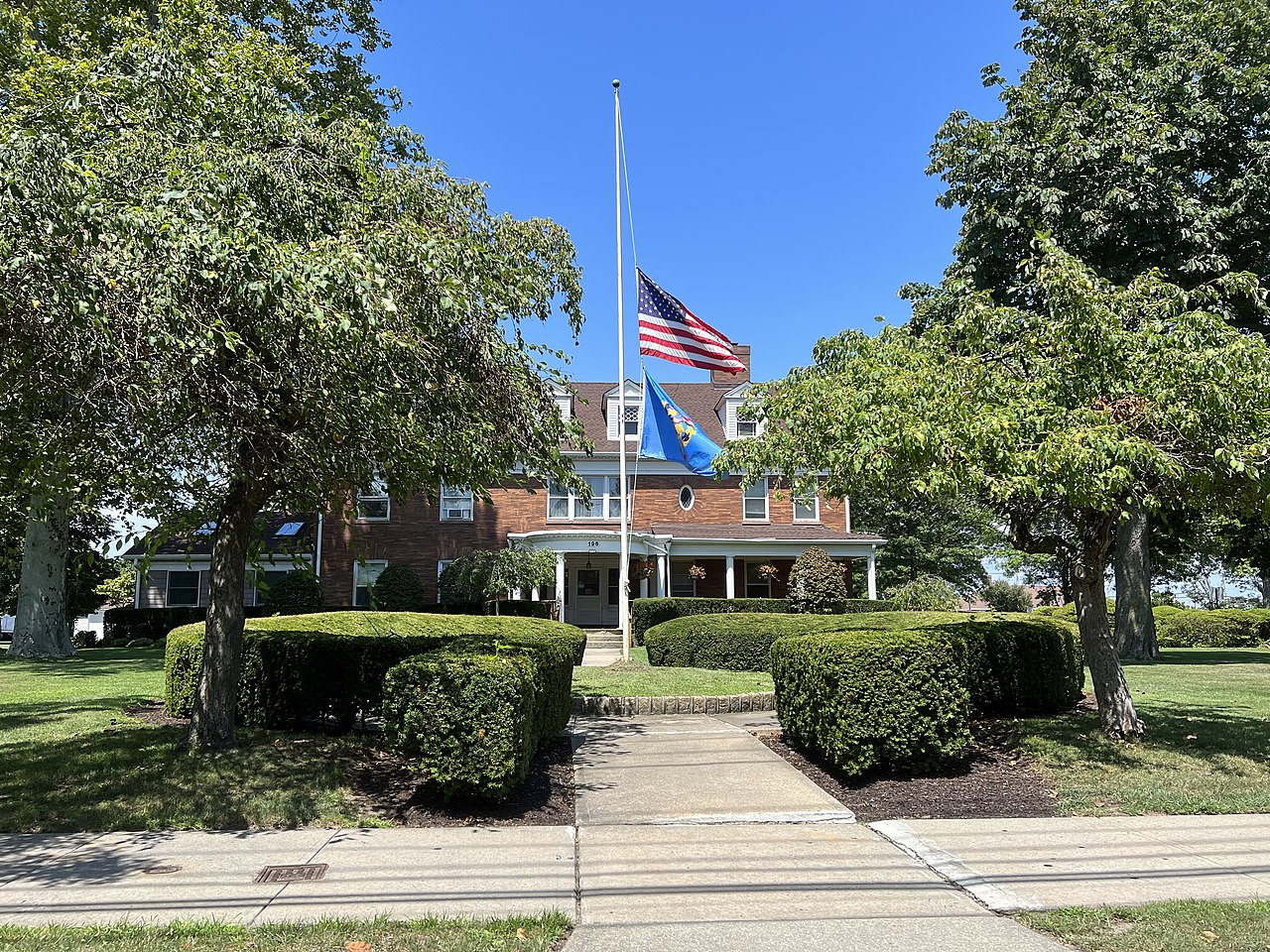


Geen opmerkingen:
Een reactie posten